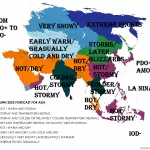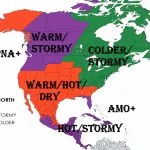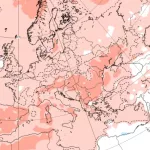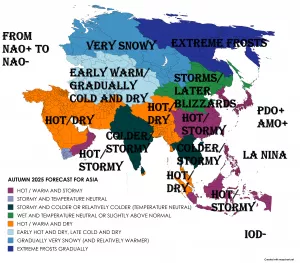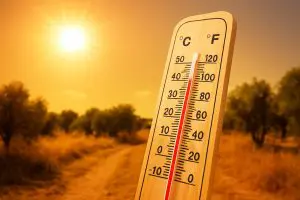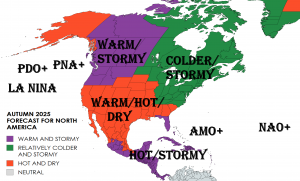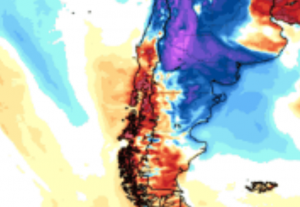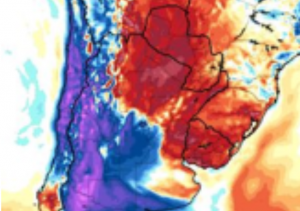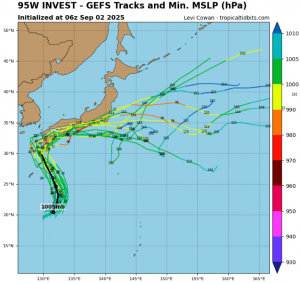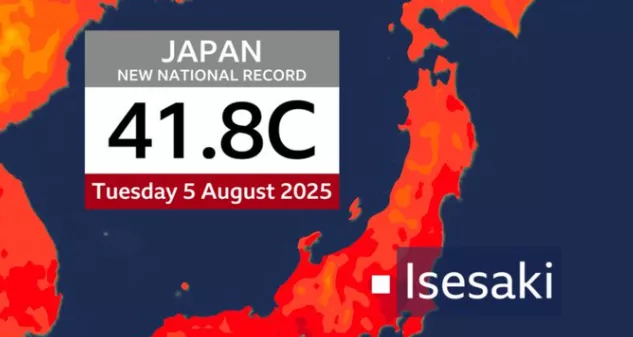
Japan has just endured its hottest day in recorded history, with the city of Isesaki in Gunma Prefecture reaching an astonishing 41.8 °C on August 5, 2025. This extreme temperature shattered the previous national record of 41.2 °C, a mark that had stood as the symbol of Japan’s upper heat limit. The heat was so intense that multiple other locations in the country also surpassed 40 °C, marking one of the most widespread episodes of extreme heat Japan has ever seen.
Meteorologists point to a combination of a persistent Pacific high-pressure system and an anticyclone over the Tibetan Plateau, which together created stagnant, cloud-free skies and allowed relentless solar heating. The result was not only a new record, but also dangerous living conditions that pushed the country’s emergency services to their limits. Hospitals reported a surge in heatstroke cases, while agricultural officials raised alarms over potential crop damage, especially to rice, which is highly sensitive to sustained high temperatures.
This record underscores the growing influence of rapid climate warming on Japan’s weather extremes. Such heat was once unthinkable in the country’s meteorological history, but in recent years the limits keep being redefined. For a nation already grappling with hotter summers, the 41.8 °C in Isesaki stands as a stark warning of what may become the new normal if global temperatures continue to rise.

Illustration picture: BBC Weather


